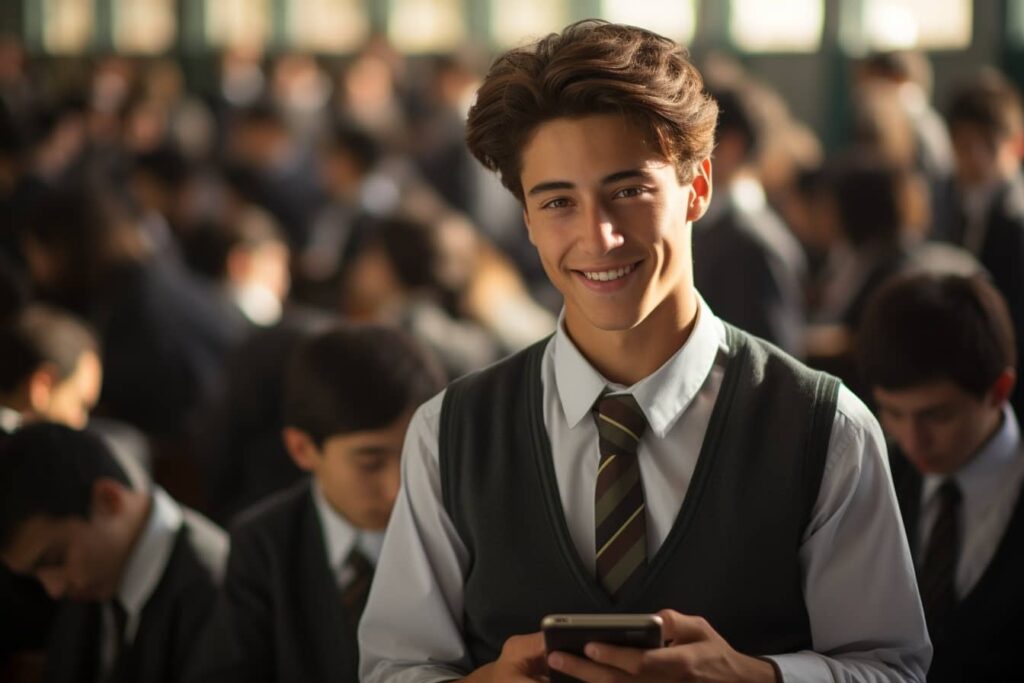Like a meteorite hitting the Earth causing an impact that changes the ecosystem, the arrival of ChatGPT has shaken up the innovation landscape: and educational institutions have been no exception. Last February I wrote a pamphlet on the topic and I dedicated it to my parents, both teachers. In the era in which technological innovation seems to be advancing rapidly, schools have found themselves faced with an unexpected and revolutionary challenge.
It was largely predictable: this new form of artificial intelligence would give students with a little practice the ability to produce college-level essays, solve complex problems, and shine on tests. “How will schools,” I said to myself, “keep the line between academic honesty and the temptation to use AI”? The answer is not simple, but it is essential to approach the question with open eyes, an open mind and a solid understanding of the potential and limitations of these emerging technologies.
The Rise of ChatGPT: A Blessing or a Curse?
When ChatGPT was released, it shook the world of education like few other innovations have. While some educators saw it as a threat, others saw it as an opportunity.
The initial reaction from many schools was to ban the use of ChatGPT and similar tools. However, as often happens with new technologies, prohibition only fueled students' curiosity and ingenuity.

The "prohibitionist" approach of schools and institutions: a foreseeable failure
Schools that attempted to ban ChatGPT quickly realized the futility of their efforts. The students, armed with smartphones and computers, easily bypassed these restrictions.
It was obvious. Many of these institutions and schools have subsequently lifted their bans, acknowledging the uphill battle they were facing.
The real question educators are now asking is not whether they should allow the use of ChatGPT and other generative AI (such as Claude. ai, for example), but HOW they can integrate them effectively into the learning environment. The key is adaptation. Instead of resisting change, schools need to embrace it and look for ways to use AI to their advantage. There are many.
Generative AI in schools: we go beyond the surface
Sure, as mentioned ChatGPT can produce high-quality essays and solve complex problems, but it also has its limitations. Educators must understand them and teach their students how to use AI ethically and effectively.
For example, instead of relying solely on ChatGPT to write an essay, students could use it as a research tool or as a means to gain a different perspective on a topic, to supplement or complement their original point of view.

The future of education with AI
As I write, schools around the world are about to reopen their doors, or have already reopened. It will be the first school year completely "covered" by the phenomenon of generative artificial intelligence. It is essential that schools and universities remain flexible and open to innovation: AI has the potential to revolutionize the way we teach and learn, but only if we are willing to ride this tool.
ChatGPT and other forms of AI represent the future of education, and with the right approach they can be used to create one richer education, more engaging and more effective for everyone.


